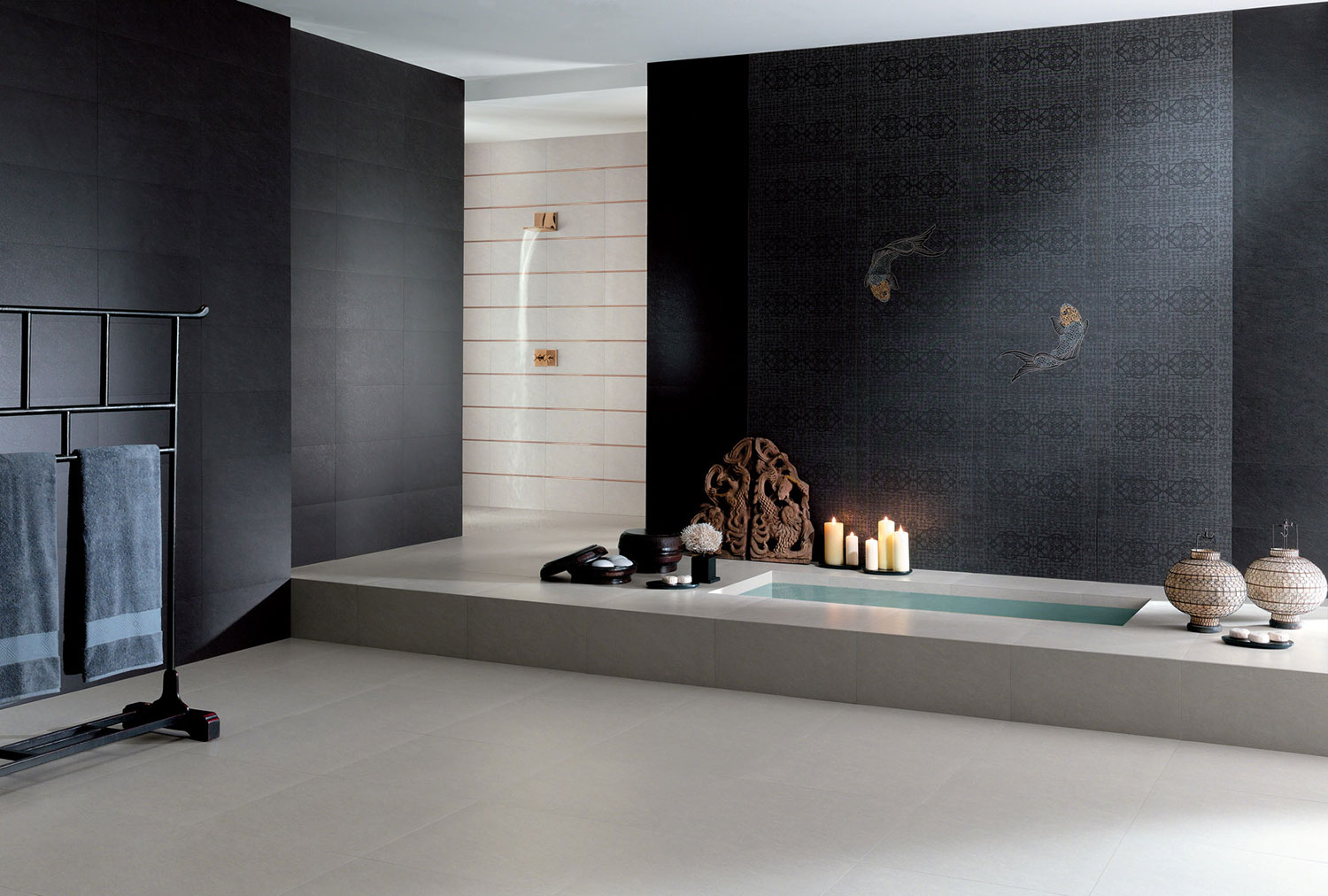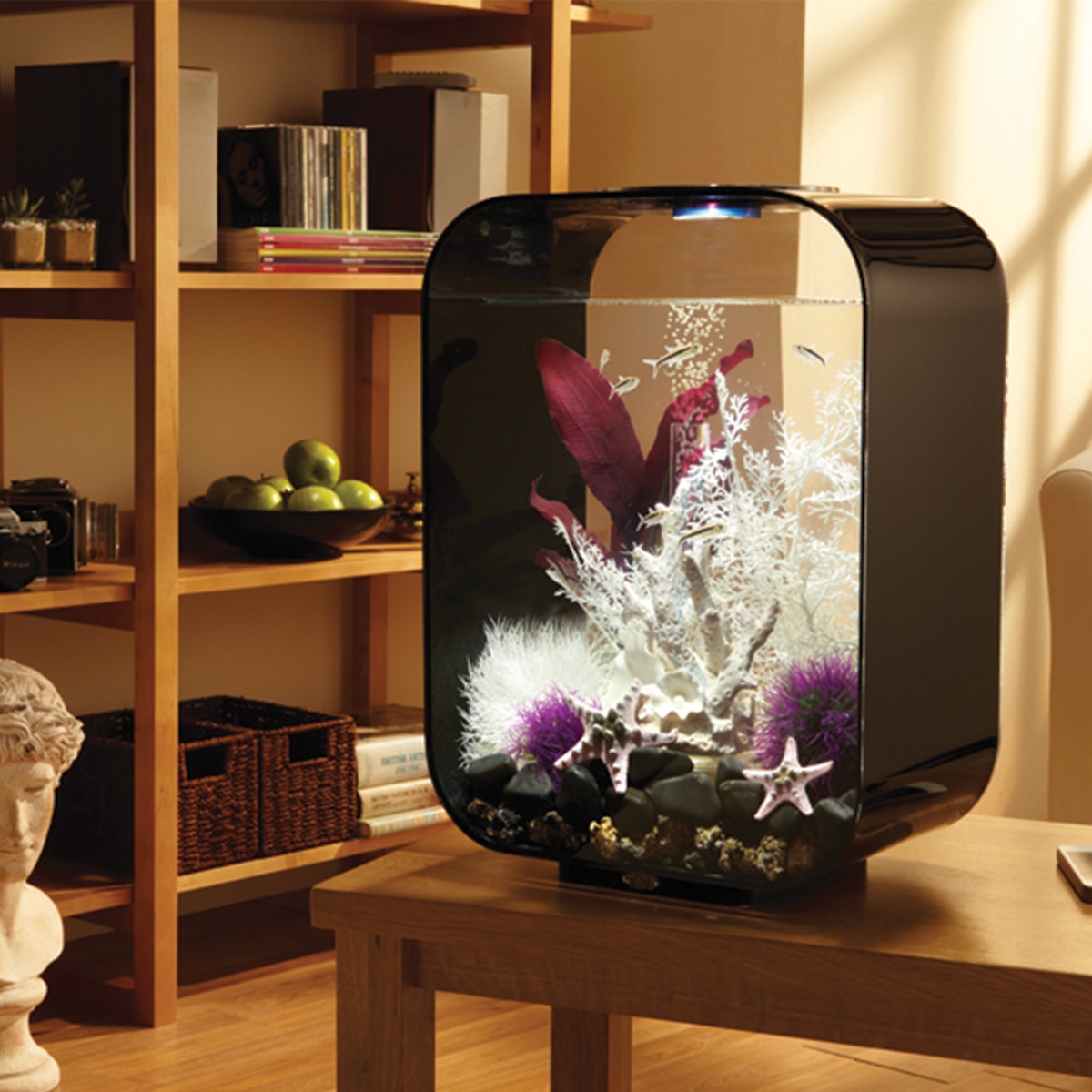

This type of lighting is still well within what we are capable of seeing. The higher end of this range (460nm) produces a more blue color light, while the color shifts to purple approaching the lower end (420nm). Most actinic lighting for aquariums has a wavelength of about 420-460nm. Blacklights and actinic lights both produce light from the bottom of the visible light spectrum (the BIV in ROY G BIV). Most people can see light ranging from about 700nm (reds) to about 400nm (purples). The colors we see around us come from the light’s wavelength, measured in Terahertz (THz) or nanometers (nm). Aquarium with invertebrates and corals will have different needs since their light requirements are much more specific and extensive. For this blog, we will be focusing in general terms only for community aquariums. Knowing the difference between these two can play an important role in making your tank really stand out, as well as in keeping it healthy. There are two main kinds of light that are used in these aquariums: “blacklights” and actinic lights. Most of these animals and decorations are brightly colored in any light but under special lighting, the colors will really glow.


With the growing popularity and availability of fish like GloFish and GloTetras and decorations like our own Pure Aquatic Glow Elements line, “glow-in-the-dark” and fluorescent aquariums are becoming more and more common.


 0 kommentar(er)
0 kommentar(er)
